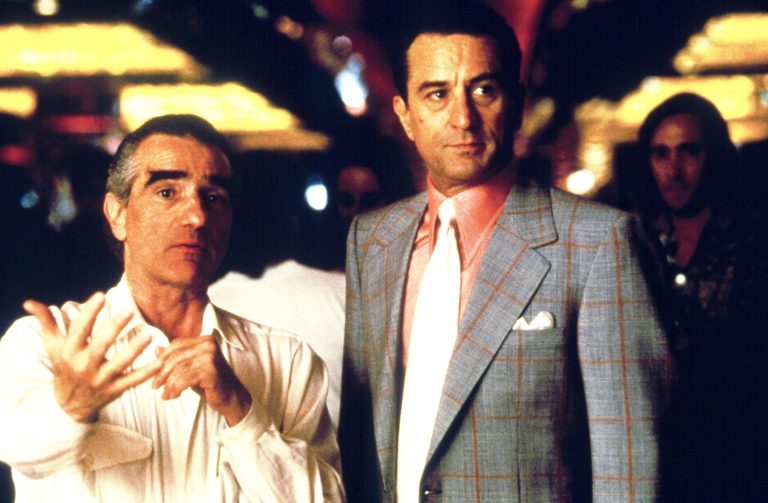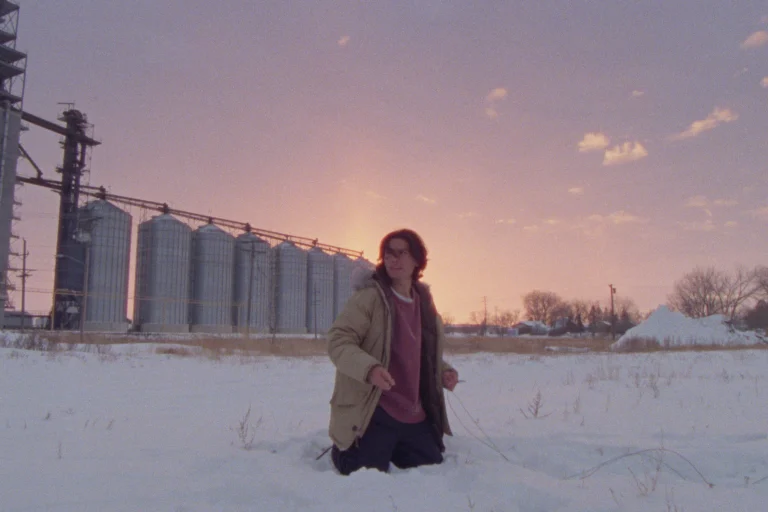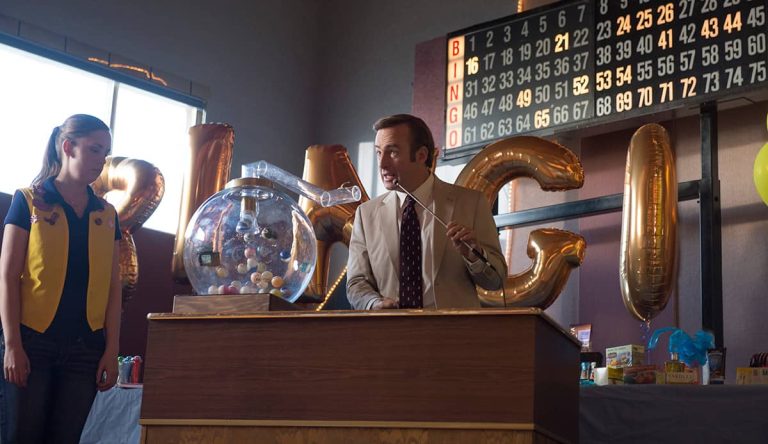The big screen has long captivated audiences. The world of film has hooked viewers with incredible visuals for over a century, introducing unforgettable characters which have left a permanent mark on pop culture and beyond.
Beyond the intrigue of the characters however, a lot of the admiration has descended from their presentation— namely their costumes. They can leave a lasting impression and often their garb becomes synonymous with the films, even informing fashion in the real world.
Here we will explore some of the most legendary costume designs in movie history that have defined the actors, characters, directors, and generation of film.
James Bond’s Tuxedo in Casino Royale
One of the most iconic costume designs for one of the most iconic characters in movie history. The master of espionage has always dressed to impress, and James Bond’s tuxedos have long been a defining character trait whoever is portraying him.
However, it is the tux worn by Daniel Craig in “Casino Royale” in 2006, his first outing as the titular character. Here, he plays in a high stakes baccarat game against antagonist Le Chiffre.
The movie has even inspired many fans to get into live baccarat, finding a love of the game through Craig’s portrayal of the high stakes gambler.
Designed by luxury brand Tom Ford, this perfectly captures Bond’s suaveness and effortlessly ice-cold persona. It embodies everything that Bond is about and has set the bar for 007’s style ever since.
Audrey Hepburn’s Breakfast at Tiffany’s Dress
In 1961, Audrey Hepburn gave a career defining performance in Blake Edwards’ Breakfast At Tiffany’s as Holly Golightly. Playing an eccentric yet drop-dead gorgeous socialite, it was important that Hepburn was dressed the part and the costume designers certainly delivered.
Though she is seen in many stunning looks in the movie, it is the iconic black Givenchy dress that is most remembered. The look is truly timeless and some 60 years later is still one that would not look out of place on the high street.
She defined glamor for centuries to follow and this look is still one of the most recognizable in movie history.
Marilyn Monroe’s White Dress in The Seven Year Itch
From one female movie icon to another, Marilyn Monroe defined beauty in the 1950s. In Billy Wilder’s “The Seven Year Itch”, released in 1955, she solidified herself as one of the biggest stars in the industry, aided by her iconic white dress.
One legendary scene see’s Monroe standing over a subway grate with the wind billowing her famous frilly frock as she desperately tries to keep it down.
This mesmerizing moment has been immortalized in Hollywood, long since parodied and referenced in countless other films and television shows. The William Travilla designed dress epitomized the allure of Marilyn and began the Hollywood glamour appeal of the 50s and 60s.
Indiana Jones’ Fedora and Leather Jacket
Sometimes simplicity is best. Harrison Ford’s famous portrayal of the charismatic archaeologist and adventurer Indiana Jones is easily recognizable through his costume.
All it takes is seeing the hat to immediately know whose head it belongs on. His signature fedora and brown leather jacket are symbols of the characters adventurism and determination.
The wide brimmed fedora particularly is synonymous with Indie and the ruggedness of his jacket is another representation of his costume.
It has inspired many homages and some 42 years later the franchise is still going strong, kicking down the doors of Hollywood and smashing box office records.
Tony Montana’s White Suit in Scarface
Gangster movies have often accented the importance of dressing the part and Al Pacino’s outing as young, budding gangster Tony Montana in Scarface exemplifies this.
His iconic white suit jacket and trousers matched with a big collared, open chested red shirt is one of the most recognizable in the genre.
Designed by six-time Academy Award-nominee Patricia Norris and tailored by Tomas Velasco, this operatic crime drama jumps off the screen through its fashion choices.
Nothing embodies the brashness and confidence of Tony Montana more than his famous white suit and we still see homages and parodies of the costume in different media texts forty years later.
These iconic costumes have long captured audiences. The mark they have left on the world of fashion is somewhat unbelievable with so many taking inspiration from some of these larger-than-life characters and their even more larger than life fashion choices.
Their sartorial brilliance is a testament to costume designers in the industry, a role that is often overlooked when praise is heaped but majorly recognised when their expertise is absent.
Whether it’s Bond’s sophisticated tuxedo or Tony Monatana’s brash white suit, it cannot be underestimated how much good costume design adds to a character’s person.
These have transcended the boundaries of film and shaped the way costume is used in cinema for generations.






